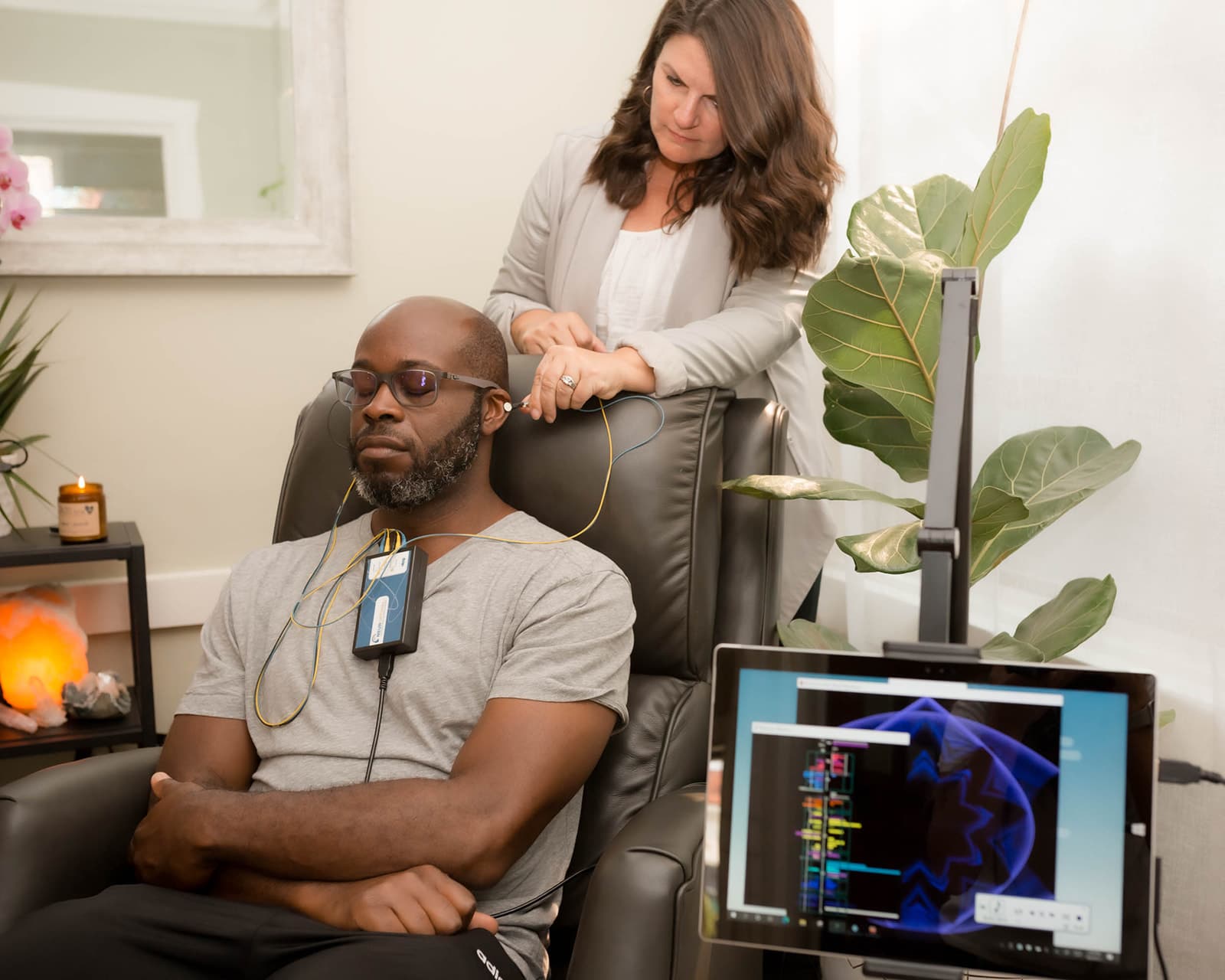Unlocking the Secrets of the Mind Through Quantitative EEG Brain Mapping Techniques in Mental Health Assessment
Unlocking the Secrets of the Mind Through Quantitative EEG Brain Mapping Techniques in Mental Health Assessment
Blog Article
Comprehending the individual brain is a complex endeavor, particularly when it pertains to mental health. Conventional approaches of evaluation frequently depend on interviews and questionnaires, which can occasionally miss crucial aspects about how the brain functions. This is where quantitative brainwave analysis, or qEEG, comes into play. qEEG is a specialized technique that assesses electrical activity in the cerebrum. By examining these neural patterns, psychological health professionals can gain valuable understandings into a individual's mental state, helping to enhance assessment and treatment.
qEEG works by placing small electrodes on the scalp to capture neural activity. These sensors measure neural signals produced by neurons, the units in the brain that interact with one another. The data collected is then analyzed and displayed as a series of waveforms. Each kind of neural wave—such as alpha, beta, delta, and theta—relates to different mental states and functions. For instance, alpha oscillations are commonly associated with calmness, while β oscillations are linked to active thinking and problem-solving. By examining these trends, healthcare providers can detect irregularities that may indicate mental health concerns.
One of the significant benefits of qEEG is its ability to offer unbiased data. In contrast to conventional evaluations that rely on subjective reports from clients, qEEG provides a distinct view of brain function. This objectivity can help reduce prejudices in assessment and result to more accurate treatment strategies. For example, if a patient is facing stress, qEEG can show specific trends of brain activity that are linked with anxiety disorders. This information allows psychological health professionals to tailor interventions more effectively, whether through counseling, pharmaceuticals, or other approaches.
Moreover, qEEG can be especially beneficial in tracking intervention advancement. By conducting qEEG assessments at various stages during treatment, healthcare providers can track variations in neural function over time. This ongoing evaluation assists ascertain if a intervention is effective or if adjustments are needed. For instance, if a patient is not responding to a particular medication, qEEG may show that their brain function has not altered in a way that indicates progress. This feedback cycle can lead to more personalized and effective mental health care.
In summary, qEEG cerebral mapping is a powerful instrument in the field of mental health evaluation. By providing objective information about neural function, it enhances the understanding of various mental Extra resources health conditions. This technique not only aids in accurate diagnosis but also helps in monitoring intervention success. As mental health professionals continue to explore the potential of qEEG, it possesses potential for enhancing the well-being of people dealing with mental health challenges. With ongoing investigation and advancements in technology, the mysteries of the mind may become clearer, leading to better outcomes for those in need of support.